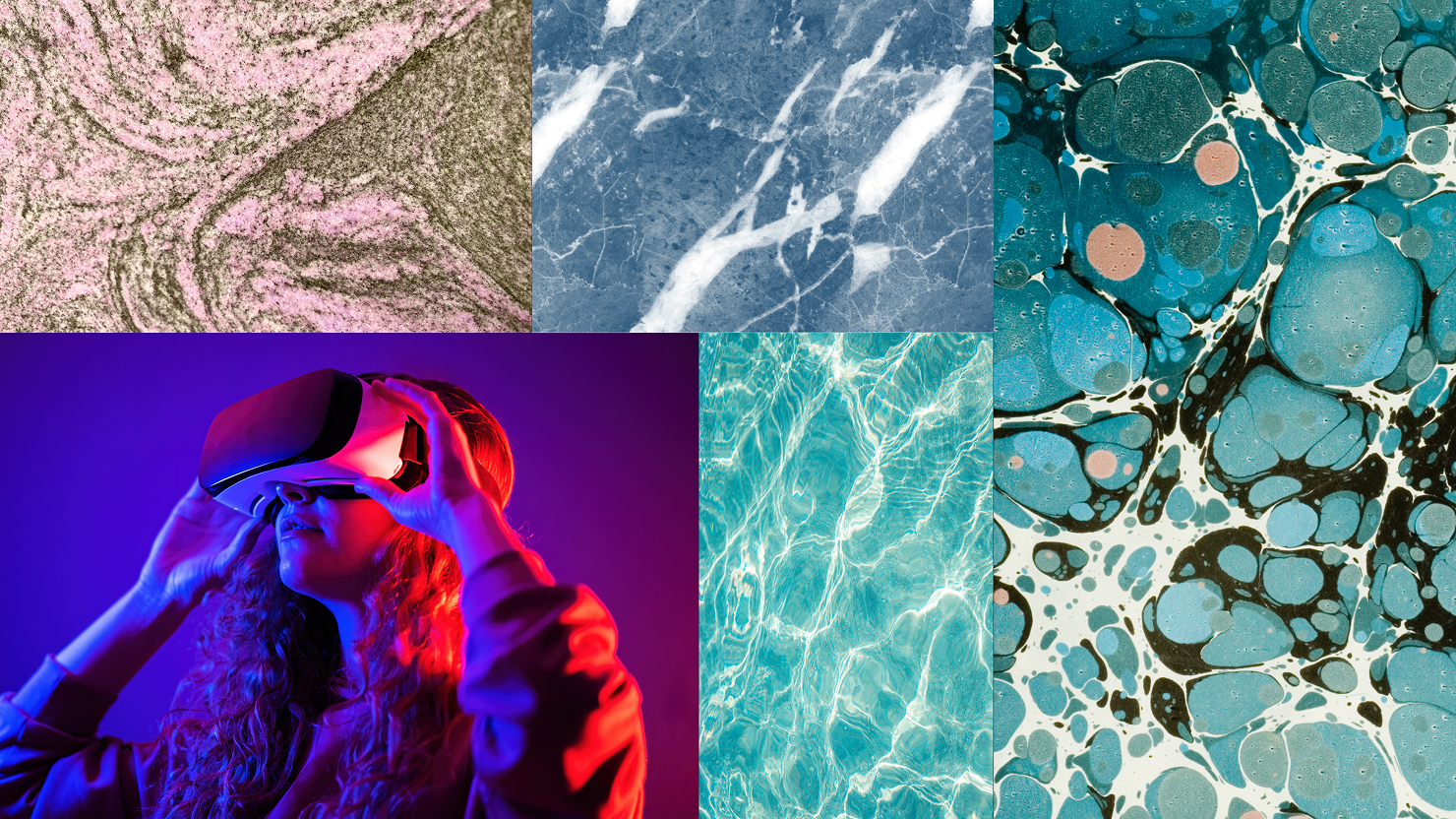Human-centred design is a design approach that goes beyond the logical reasoning of humans and considers other traits like emotional responses, attention spans and behaviour patterns. There are many ways to incorporate human factors into your design. Three techniques I commonly use are: persona, net promoter score and variable reward.
A persona is a fictional character used to depict a target audience. The more specific you are with your persona, the more specific you can tailor your product to suit their needs and desires. Persona development is not a static activity that’s completed once at the start of the project. As you learn more about the users through product testing, the persona should be continuously updated. A persona can be defined by factors such as age, gender, profession, lifestyle choices and behaviours. An essential factor to understand is their goals and motivation, including what is driving them to choose this product over alternatives.
The Net Promoter Score (NPS) was created after it was discovered that humans gave a more honest response
about a product if asked, “How likely are you to recommend this product?” over “Rate this product.” Logically, this number should be the same. But as humans, we are more honest when considering other people’s experiences with the product. This is an important thing to consider when conducting interviews. You’ll get more insights from interviews if you ask, “What changes do we need to make to the design so that others adopt it easily?” rather than “What aspects of the design do you like and dislike?”
I came across the concept of variable reward from Nir Eyal’s book, Hooked: How to Build Habit -Forming Products. The purpose is not to create addictive products but to create good habit-forming products that improve our lives. He talks about a four-step process to develop habit-forming products which is: trigger, action, variable reward and investment. As humans, we tend to get bored with anything repetitive. When a variable reward is designed into the product, it helps incentivise the users to continuously engage with the product. A type of variable reward could be showing progress from the investment made yesterday. The variable rewards hook the users into reengaging with the product so that the product becomes part of their habit.


